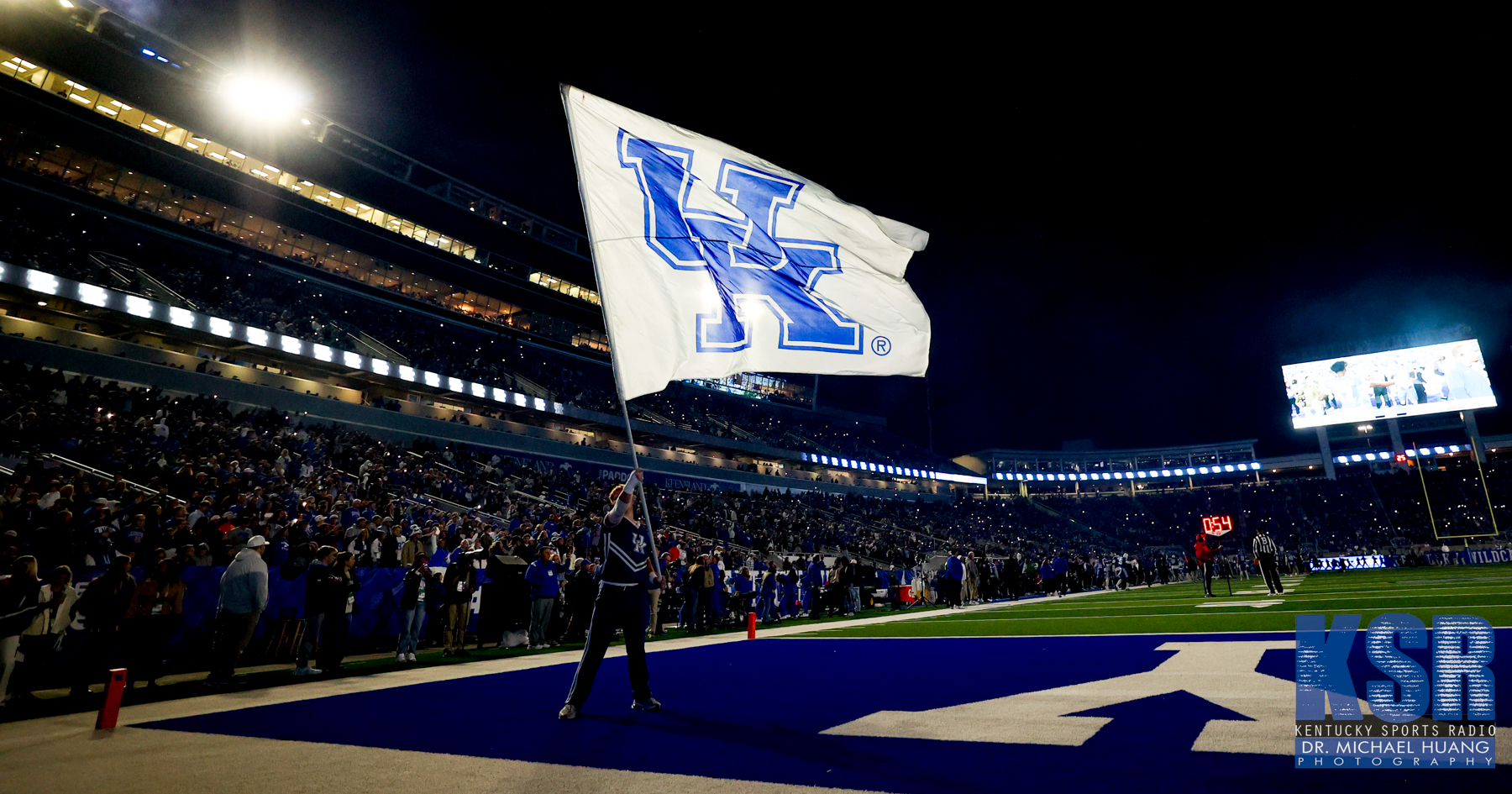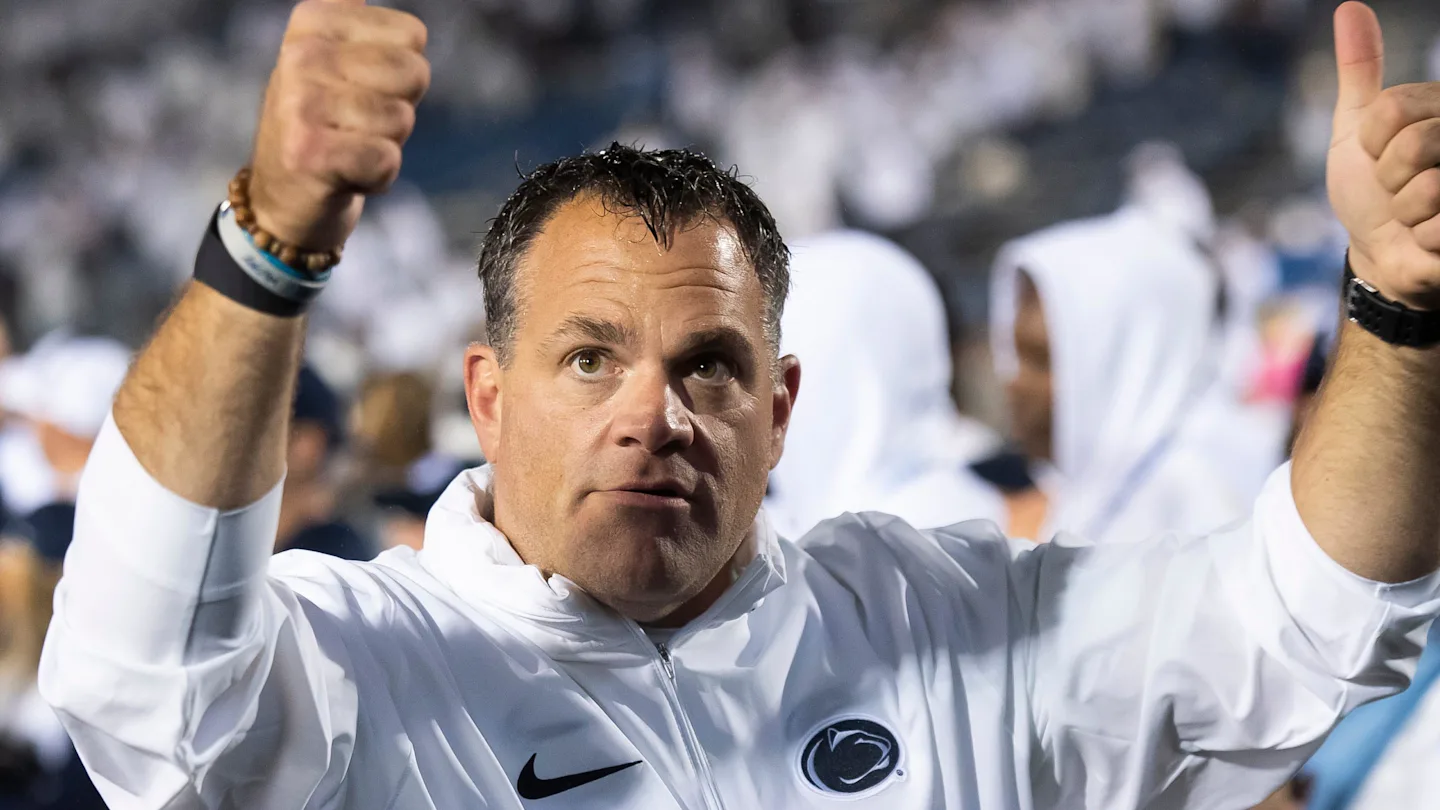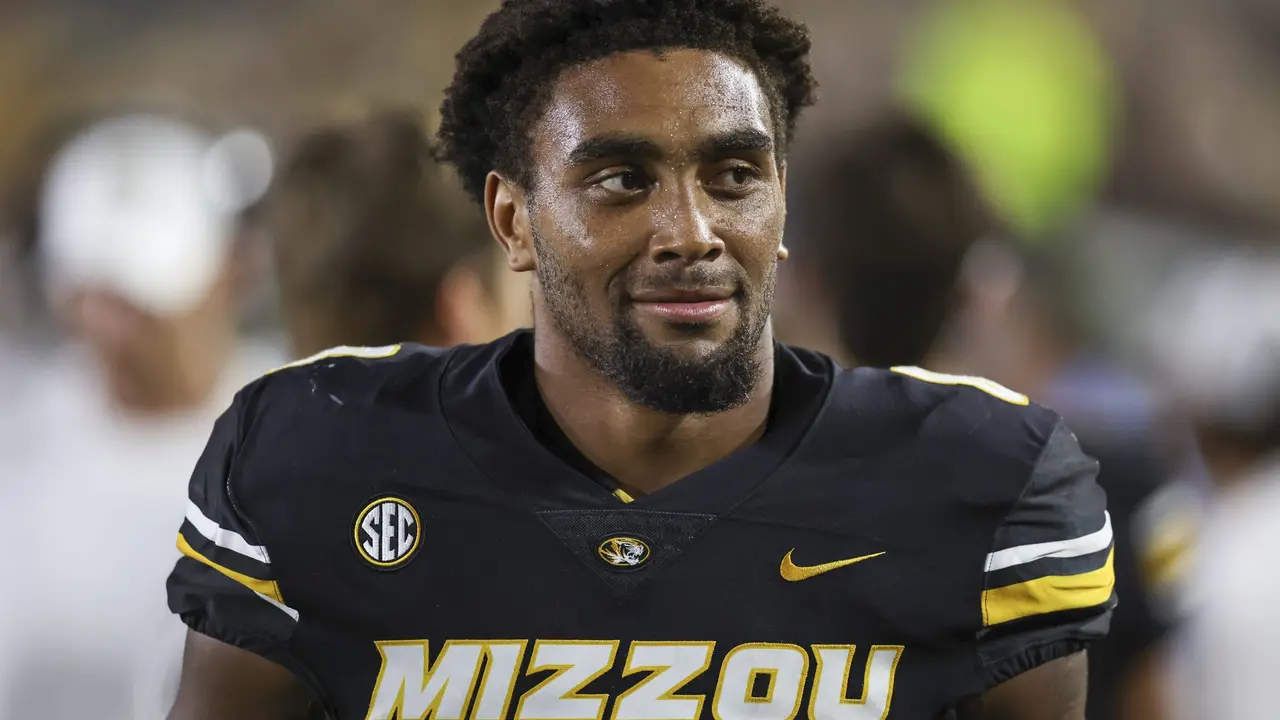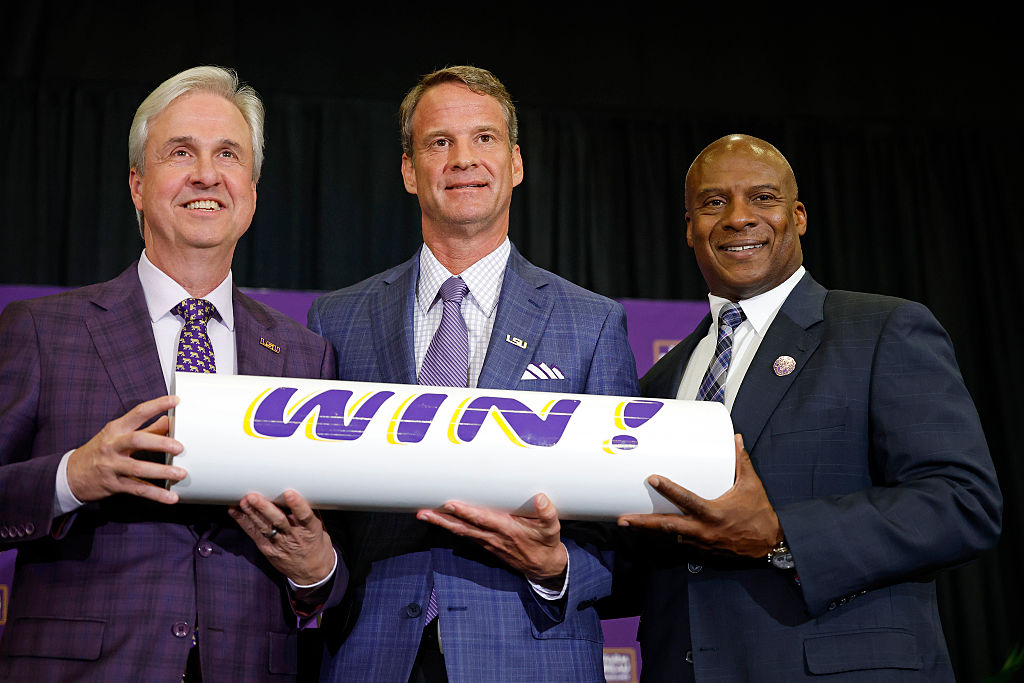NIL
India's Sports Sponsorship Industry Surges to ₹16,633 Cr, Nears $2B Mark


In 2024, sponsorship growth stabilized at 1%, attributed to IPL and ICC rights cycle resets and Team India playing 20 fewer matches compared to 2023. Despite these temporary revenue impacts, the industry demonstrated resilience, supported by a strong commercial foundation and an expanding sports ecosystem.
GroupM ESP, the entertainment and sports division of GroupM India, has unveiled the 12th edition of its flagship industry report, Sporting Nation, offering an in-depth analysis of India’s evolving sports sponsorship landscape.
Ashwin Padmanabhan, Chief Operating Officer, GroupM South Asia, remarked, “The Indian sports industry is experiencing a dynamic shift, driven by both legacy and emerging sports. While cricket remains a cornerstone, the rise of non-cricket athletes, the Olympic buzz, and the digital revolution are reshaping the landscape. Brands are increasingly leveraging sports as a powerful engagement platform, marking a transformative phase for the industry.”
Athlete Endorsements Surge, Emerging Sports Gain Momentum
As audience engagement deepens and consumer preferences evolve, India’s sports industry is poised for continued transformation. With increasing investments in emerging sports, digital innovation, and athlete endorsements, the sector is set to reinforce India’s position as one of the fastest-growing sports economies globally.

Athlete endorsements reached an all-time high of Rs. 1,224 crores in 2024, reflecting a remarkable 32% YoY increase from Rs. 927 crores in 2023. While cricket continued to dominate, endorsements in emerging sports saw a 46% surge, led by athletes such as Neeraj Chopra, PV Sindhu, and Manu Bhaker. The Olympic momentum further fueled growth, with sponsorships in non-cricket sports rising by 19% to Rs. 2,461 crores from Rs. 2,065 crores in 2023. Notably, distance running alone contributed a quarter of this market, underscoring India’s increasing focus on fitness and endurance sports.

Vinit Karnik, Managing Director, Content, Entertainment & Sports, GroupM India, added, “The Indian sports economy has grown sevenfold since 2008 and is now nearing the billion mark. Beyond traditional powerhouses, the real growth story lies in the rise of emerging sports, athlete-driven brand value, and digital media, which saw a 25% spike in media spends. The record-breaking Rs. 1,224 crore in athlete endorsements reflects a significant shift—brands are now investing heavily in individual sports icons. As we move into a new era of engagement, innovation will be the key to unlocking the next wave of commercial success in Indian sports.”
The Indian sports sponsorship industry recorded a 6% year-on-year (YoY) growth, surpassing Rs. 16,633 crores in 2024. The overall Indian sports market is approaching the billion milestone, marking a sevenfold expansion since 2008. With the sports economy growing 3.6 times over the past decade and maintaining a robust 13% compound annual growth rate (CAGR) over 17 years, sports in India have solidified their position as a thriving business sector.
NIL
Kentucky’s new GM will help Will Stein be ‘adaptable’ in NIL world

News dropped on Wednesday that Oregon director of recruiting Pat Biondo will be Kentucky’s new general manager. His work will start almost instantly. Will Stein needs to build his first staff in Lexington, but important roster decisions must be made and a plan to attack the portal must be built.
Through all of that, this football organization will have to manage a salary cap. There will be the allotted rev-share amount from the university and extra NIL funds provided by JMI’s collective. At his introductory press conference, Stein was confident in the financial plan presented by Kentucky athletics director Mitch Barnhart and deputy athletics director Marc Hill during the search. When asked by KSR, Stein confirmed that he will have the funding needed to go build the roster required.
But he and his coaching staff will need help. That’s where Biondo will step in.
“That’s why I’m hiring a general manager,” Stein told KSR’s Matt Jones on Thursday when asked about Kentucky’s NIL structure. “To help us through this, and somebody I trust fully, and that’s been in our system out in Oregon, and knows the landscape of college football. You just gotta be adaptable. You know? You gotta be able to change with the times. It is what it is.”
Part of that could be managing a salary cap and make sure there is enough of the pie allotted for every position. We are still unsure of what Biondo’s specific job requirements will be but it is clear he will be play a large role in Kentucky’s roster-building process. Barhnart called it “ridiculous” to assume that any head coach is not making final roster decisions but a front office structure can help streamline things for the coaching staff and narrow down the pool of targets.
Pat Biondo will help Will Stein and this Kentucky football program adapt to a world where a roster budget has to be balanced. Everyone is still adapting to college football’s new age. UK is doing that by joining the growing general manager trend in college football.
NIL
Penn State ends 54-day search with hire of $40 million college football coach

Ding dong! The wicked Penn State football head coaching search is dead at last, or so it seems. The Nittany Lions fired James Franklin from the position a long 54 days ago in mid-October. Now, in the first week of December, all reports indicate that Penn State has found their new leader.
According to both On3’s Pete Nakos and ESPN’s Pete Thamel, two of the highly trusted college football insiders, Penn State is working towards a deal with longtime Iowa State head coach Matt Campbell. On3 tweeted out Friday afternoon that “Penn State is working to finalize a deal to hire Iowa State’s Matt Campbell” according to their man Nakos.
Shortly after that report reached X, Pete Thamel posted his own report confirming that Campbell and Penn State had entered talks for him to assume the school’s head football coaching job.
The sides met in Iowa on Thursday night and have been working toward an agreement since. Nothing is signed, and there’s still a few steps remaining for this to come to fruition.
— Pete Thamel (@PeteThamel) December 5, 2025
“Sources: Matt Campbell and Penn State are working toward a deal for him to become the next coach at Penn State,” Thamel wrote Friday afternoon. “There’s multiple steps needed to finalize, including agreeing to terms and formal approval of compensation.” He reiterates that no official documentation has been dotted.
“The sides met in Iowa on Thursday night and have been working toward an agreement since,” said Thamel. “Nothing is signed, and there’s still a few steps remaining for this to come to fruition.” Don’t count those chickens yet, says the insider, but it’s likely that Penn State’s is teeing Campbell up as the program’s next head coach.

Iowa State inked Campbell to a major long-term deal this summer, just weeks before the season. Starting in 2025, Campbell was signed for eight years, through 2032, at a salary of $5 million per year before incentives. That comes out to a cool $40 million total over the deal, making him a very well-compensated Big 12 coach now that he’s been around for 10 full seasons.
Penn State coaching search was a wild ride
Penn State’s search ends, at last, following nearly two straight months of chaos. Athletic director Pat Kraft received a hoard of praise for pulling the trigger on James Franklin’s firing following the two-loss start to Big Ten play that was wholly unacceptable. But since, Penn State certainly didn’t execute a clean investigation for their next program leader.
Almost too many names to monitor came and went as either sourced candidates, rumored possibilities, or options on various betting markets. Either way, Penn State certainly missed on several top options, earning extensions for several.
In that department, Curt Cignetti and Matt Rhule stick out. Cignetti was an obvious first call but Indiana didn’t even allow his name to escape Pat Kraft’s mouth before he was set with a $93 million extension. Rhule also received a pay bump to stay at Nebraska as soon as Penn St. rumors kicked up. More recently, Penn State made a big push for Kalani Sitake, but BYU boosters and fans publicly rallied to tie down their Tongan war general in Provo.
Did Iowa State make the huge offer for Campbell to stay put? Are the Cyclones preparing a final last-ditch offer this minute to try and stall PSU negotiations? After 10 years, is Campbell simply ready to leave Ames, Iowa? We’ll get answers to all of those questions soon. It sure seems like a Matt Campbell and Penn State union is about to happen.
More on College Football HQ
NIL
Georgia seeks $390K from ex-linebacker Damon Wilson in NIL dispute


Missouri Tigers defensive end Damon Wilson II (8) on the sidelines during a college football game between the Central Arkansas Bears and Missouri Tigers on August 28, 2025 at Memorial Stadium in Columbia, MO. (Photo by Scott Winters/Icon Sportswire v
ATHENS, Ga. – Former Georgia edge rusher Damon Wilson II is facing a push from the University of Georgia Athletic Association to repay $390,000 after the school accused him of breaking a name, image and likeness agreement tied to his transfer from the Bulldogs.
What we know:
Wilson, now a rising pass rusher at Missouri, was served the lawsuit on Nov. 19 in Clarke County. Court filings say Wilson signed the licensing deal with Classic City Collective on Dec. 21, 2024. The agreement was scheduled to run through January 2026 and paid him $30,000 per month plus additional bonuses for a total contract value of $500,000.
The contract allowed the Collective to immediately terminate the deal if Wilson left the football team, failed to remain enrolled at Georgia, or notified the program of his intent to transfer. If that happened, he was required to repay “liquidated damages” equal to all remaining unpaid licensing fees.
According to the lawsuit, Wilson told Georgia on Jan. 6, 2025, that he planned to transfer. He withdrew from the university on Jan. 13 and left the team the next day. Classic City Collective terminated the agreement on Jan. 14 and demanded repayment of the remaining $390,000.
The Collective later assigned its rights to the University of Georgia Athletic Association.
What we don’t know:
On Aug. 25, 2025, UGAA sent Wilson a formal demand for arbitration under the agreement’s mandatory arbitration clause. Attorneys say Wilson did not respond and has not asked a court to intervene.
What’s next:
UGAA is now asking a judge to appoint an arbitrator and order Wilson to participate in the dispute process. The petition includes a list of proposed arbitrators from the American Arbitration Association’s sports panel and notes that the contract does not specify a method for selecting one.
The motion was filed on Oct. 17, 2025. Court records show Wilson has not submitted a response.
Why you should care:
Classic City Collective is the primary NIL organization supporting Georgia athletes. Wilson appeared in 11 games as a freshman in 2024 before entering the transfer portal and committing to Missouri.
The case carries significance because it tests how far schools and collectives can go to enforce NIL contracts when athletes transfer.
A ruling could influence how players approach the transfer portal while still under contract and may shape how future NIL agreements are written.
The dispute also underscores the limited protections college athletes have in contracting and is drawing attention because Wilson is a high-profile SEC player whose situation could affect others across the sport.
The Source: The details in this article come from Clarke County court documents and previous FOX 5 Atlanta reporting.
NIL
SCORE Act Fails After Congress Gets Distracted by Lane Kiffin’s $90M LSU Payday

The SCORE Act collapses on Capitol Hill as NIL chaos, political infighting, and Lane Kiffin’s blockbuster LSU deal had Rep. Hakeem Jeffries all sorts of befuddled.
What was once thought to be an easy path to the Senate floor, the SCORE Act, which has been long debated over the past two years, fell apart this week before it could be voted on in the House. And, Lane Kiffin’s new contract with LSU was a main point of contention between congressional leaders, thanks to House Minority Leader Hakeem Jeffries.
Can you imagine college athletics getting any crazier than what we witnessed this week between Kiffin, Ole Miss and LSU?
Oh, think again.
House Settlement Aftermath: Lawmakers Present Two Different NIL Bills That Aim To Regulate College Athletics
I’ve said from the start that the country has better things to worry about right now than having to argue over protecting organizations like the NCAA or even the new College Sports Commission from lawsuits that would come from trying to limit what athletes could make in the future.
Don’t forget, with the House settlement passing, this opened a whole new can of worms. Schools can now directly pay athletes for their services, with a salary cap set at over $20.5 million per year to be divided up between different sports on college campuses.
This hit a boiling point on Wednesday, with new LSU head coach Lane Kiffin being a point of emphasis. No, we’re not kidding.
The ‘Lane Kiffin Protection Act’ Is One Way To Describe It
There was always going to be infighting in regard to the timing and the optics of this entire ordeal. I just didn’t expect a college football move would be a major talking point, though Lane Kiffin does draw headlines.
At the same time as congressional leaders were trying to garner the votes that would protect the NCAA, Lane Kiffin signed a deal that would pay him over $90 million to coach the LSU Tigers.
Ole Miss AD Keith Carter Debunks Lane Kiffin’s Timeline: Players Begging Him To Stay Was ‘Overstatement’
Speaker Mike Johnson from Louisiana and House Majority Leader Steve Scalise (R-La) took the brunt of criticism from House Minority Leader Hakeem Jeffries (D-NY) on Thursday during a press conference to discuss ongoing issues that should take priority over a bill that would protect the NCAA, along with others.
“Why would Mike Johnson and Steve Scalise think it was a good idea to bring the Lane Kiffin Protection Act to the floor of the House of Representatives? Legislation that would do nothing to benefit college athletes and everything to benefit coaches like Lane Kiffin, who got out of town, abandoned his players in the middle of a playoff run to go get a $100 million contract from LSU, the home state of Mike Johnson and Steve Scalise.
“People are asking the question, why did you decide to bring this bill this week with all the other issues that the country is demanding that we focus on. “
People in Johnson’s office told OutKick that they are aware of the statements made, but have no comment on the matter.
According to multiple people connected to the situation in Washington, the Lane Kiffin saga has not helped this week when it comes to public perception.
A number of representatives have received push back, with the new LSU football coach being used as a prop as to why the college athletics business is hard to take seriously when a head coach is bailing on their team during such a pivotal time.
Also, add the comments from Louisiana Governor Jeff Landry last month pertaining to LSU having to pay the massive $54 million buyout for former head coach Brian Kelly, and congressional leaders are not going to get much sympathy from those looking to prevent an organization like the NCAA from having to answer for certain aspects of potential antitrust cases down the road.
During his SEC Championship press conference on Thursday, commissioner Greg Sankey even commented on the ongoing SCORE ACT debate, mentioning he was in Washington on Wednesday.
“There was an opportunity to vote yesterday in the House. It did not happen,” Sankey noted. “We’ll continue in our educational efforts. We’re going to take the time needed to try to address the questions that are being asked by members of Congress. Again, this is on both sides of the aisle.
“The fact that there’s so much interest, I think, is an indication of the serious nature of college sports, the importance to our nation, our culture.”
Yes, this is where we are at right now in college athletics, along with the politics that come with it.
NIL
Penn State reportedly putting huge investment into football program under next head coach Matt Campbell

Penn State has landed on Iowa State’s Matt Campbell as its next head coach, ending a wild 54-day search after firing James Franklin.
In addressing the media following the choice to part with Franklin, athletic director Pat Kraft clearly laid out his idea for the next head coach in Happy Valley.
“We want someone who will attract elite talent, retain players in the NIL era and make Penn State a destination,” Kraft said on Oct. 13. “This is also about the modern era of college football. Our next coach needs to be able to maximize elite-level resources, attack the transfer portal and develop at the highest level.”
Now, we reportedly have some details on what those “elite-level resources” actually are.
Kraft and Penn State are committing about $30 million in NIL money for the football roster and $17 million for Campbell’s coaching staff, according to a report from Matt Fortuna.
That’s on top of an eight-year contract for Campbell that will place him among the top-10 coaching salaries in the country, according to ESPN and Yahoo Sports.
Under Franklin, Penn State had well-compensated rosters, but the model was not what Kraft envisioned.
Franklin preferred not to set the market on high school recruits and did not embrace the transfer portal fully, instead choosing to fill holes here and there.
Campbell will be tasked with flipping that script.
“We have invested at the highest level. With that comes high expectations,” Kraft added in October. “Ultimately, I believe a new leader can help us win a national championship.”
Listen to the Blue-White Breakdown podcast
NIL
Why Georgia is in court to seek damages from Damon Wilson’s NIL deal
Updated Dec. 5, 2025, 4:33 p.m. ET
The Georgia Athletic Association is seeking $390,000 from former Georgia football player Damon Wilson after he transferred to Missouri in January, weeks after agreeing to an NIL deal with the Classic City Collective.
The Classic City Collective, which shut down earlier this year, demanded that Wilson pay liquidated damages, based off the language of the contract. Wilson did not respond, according to online records in Superior Court of Athens-Clarke County.
The UGAAA then served a demand for arbitration on Wilson on Aug. 25, and he again did not respond, court records state. UGAAA holds all rights under agreements formerly held by the collective, Wilson was told in a letter sent to him by attorney Spence Johnson, representing UGAAA.
“When the University of Georgia Athletic Association enters binding agreements with student-athletes, we honor our commitments and expect student-athletes to do the same,” Georgia deputy athletic director Steven Drummond said Dec. 5 in a prepared statement given to the Athens Banner-Herald.
The application to compel arbitration was filed in court on Oct. 17. ESPN first reported about the dispute on Dec. 5.
Wilson and the Classic City Collective agreed to a contract worth $500,000, to run from Dec. 1, 2024 to Jan. 31, 2026. Wilson received the first monthly payment of $30,000 on Dec. 25, 2024, court records state.
Wilson was served a summons on Nov. 25 in Missouri and has 30 days to respond.
Wilson, a defensive end, is third in the SEC in sacks with 9 this season for the Tigers. Georgia, meanwhile, is last in the SEC this season with 17 sacks as a team.
Wilson played 26 games for Georgia in 2023 and 2024, registering 3.5 sacks and two caused fumbles. His departure was a blow for a defense that also lost eventual NFL first-rounders Mykel Williams and Jalon Walker after last season.
-

 Rec Sports2 weeks ago
Rec Sports2 weeks agoFirst Tee Winter Registration is open
-

 Rec Sports1 week ago
Rec Sports1 week agoFargo girl, 13, dies after collapsing during school basketball game – Grand Forks Herald
-

 Motorsports2 weeks ago
Motorsports2 weeks agoCPG Brands Like Allegra Are Betting on F1 for the First Time
-

 Sports2 weeks ago
Sports2 weeks agoVolleyball Recaps – November 18
-

 Motorsports2 weeks ago
Motorsports2 weeks agoF1 Las Vegas: Verstappen win, Norris and Piastri DQ tighten 2025 title fight
-

 Sports2 weeks ago
Sports2 weeks agoTwo Pro Volleyball Leagues Serve Up Plans for Minnesota Teams
-

 Sports1 week ago
Sports1 week agoUtah State Announces 2025-26 Indoor Track & Field Schedule
-

 Sports2 weeks ago
Sports2 weeks agoSycamores unveil 2026 track and field schedule
-

 NIL5 days ago
NIL5 days agoBowl Projections: ESPN predicts 12-team College Football Playoff bracket, full bowl slate after Week 14
-

 Sports1 week ago
Sports1 week agoTexas volleyball vs Kentucky game score: Live SEC tournament updates





















































